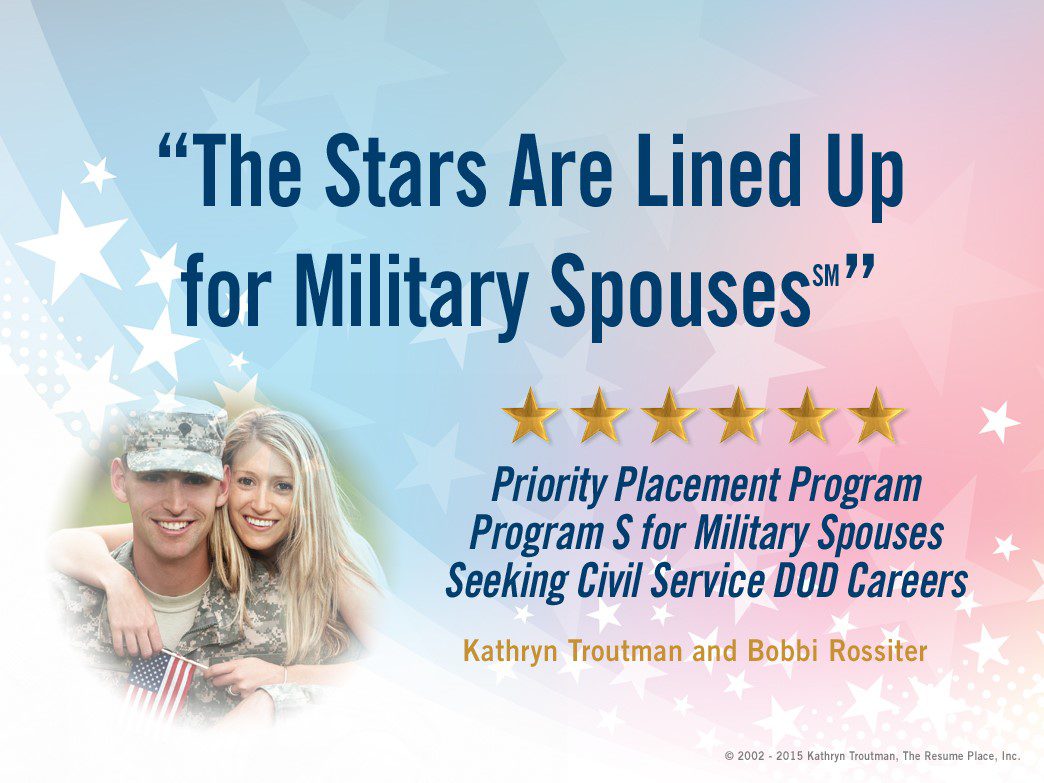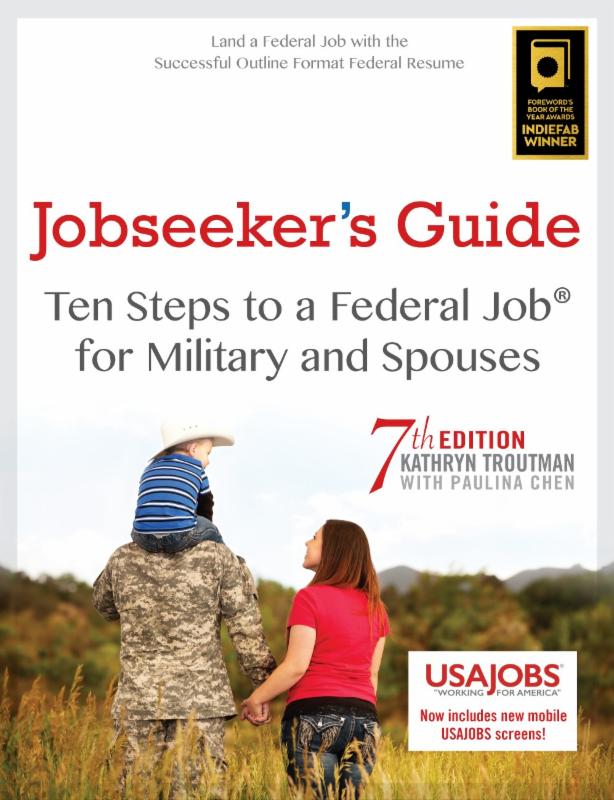
Being married to someone serving active duty presents many challenges, from making a home on a military base to moving many times, around the country or around the world. But if your family depends in part on your employment income, finding a new job each time your spouse gets a PCS order (permanent change of station) may be the most daunting hurdle you face.
Keeping military families happy – fiscally and psychically – is one reason the Department of Defense (DoD) in 1989 created the Military Spouse Preference Program. Also known as Program S, this valuable service that matches professional military spouses with competitive DoD job openings isn’t widely known – in part due to its complex rules for qualifying and applying. “The Military Spouse Preference Program can be a huge help to military families that receive a PCS order, but you have to understand the ins and outs,” says Bobby Winn , director of DoD’s Priority Placement Program for military spouses. We’re here to give you a basic outline of Program S so you can decide whether it’s for you and understand how to get rolling with the program.
Am I Eligible for Program S?
The eligibility criteria for the Military Spouse Preference Program are multifaceted, but here’s the basic idea: If your military spouse receives a PCS order, you are likely eligible to receive priority consideration for a variety of permanent DoD jobs in the stateside region you’re moving to – if your application is rated best qualified for the relevant occupational series. In this situation, you may receive priority non-competitive appointment for a competitive DoD job announcement. That’s a big deal; how can you get in on it?
How Do I Enter the Program to Get Priority Consideration?
As soon as you and your military spouse move to a new permanent duty station (PDS) – or ideally 30 days before – make an appointment with the human resources officer (HRO) at the station to register for Program S. It might be difficult to get a positive response to your request for a meeting; be persistent with the HRO. Before the appointment, ask the HRO to provide an up-to-date checklist of the paperwork that you’re required to have on hand – these will include your marriage certificate, a detailed resume and other documents. “The specific requirements of Program S have changed over the years, and they’re likely to change again,” says Winn. At the conclusion of your appointment, be sure the HRO hands you your Program S registration form.
How Should Program S Fit into My Overall Job-Search Strategy?
If you’ve written an effective narrative resume, with a little luck and a best qualified rating, before too long you’ll receive email notification of a potential job match. If time goes by and you receive no positive word, you may need to beef up your resume to be matched with additional occupational series, for example. In any case, you should continue searching USAJobs for additional federal announcements in the DoD or other federal agencies; there’s no reason to put all of your job-search eggs in the Military Spouse Preference Program basket.
What Happens If Program S Matches Me with a Job Announcement?
If you receive an email matching you with a potential job, it’s very good news. But you’ll still need to apply for the specific opening and receive a formal job offer. Here’s one catch: If you’re offered a permanent position through Program S and you decline it, you’ll be disqualified from the program as along as you remain at your current PDS. But whether or not you’re offered or accept a DoD job through the program, if your spouse receives another PCS order and you continue to qualify, you can pursue a new Program S job match at the new PDS.
Where Can I Go for More Information?
To learn more about how Program S works and whether you qualify, consult with this fact sheet on the Military Spouse Preference Program. If you want help preparing your detailed narrative resume for submission to the program, The Resume Place can lend its experience and expertise to make the process easier for you and to improve your chances of success. Bobby Winn and I also created this free webinar to get you started. Best of luck to you and your spouse!

The Jobseeker’s Guide – Ten Steps to a Federal Job for Military and Spouses, 7th Edition
More than 40,000 copies of this edition sold in less than one year!
Used at over 100 military installations worldwide, this guide is a colorful, chart-filled handout and is based on Ten Steps to a Federal Job®. The Jobseeker’s Guide is used at hundreds of military bases, government agencies, workforce centers, colleges and universities, and private industry career centers to instruct federal job seekers worldwide! This resource is extremely useful for individual jobseekers with a special section for Military Spouses.






